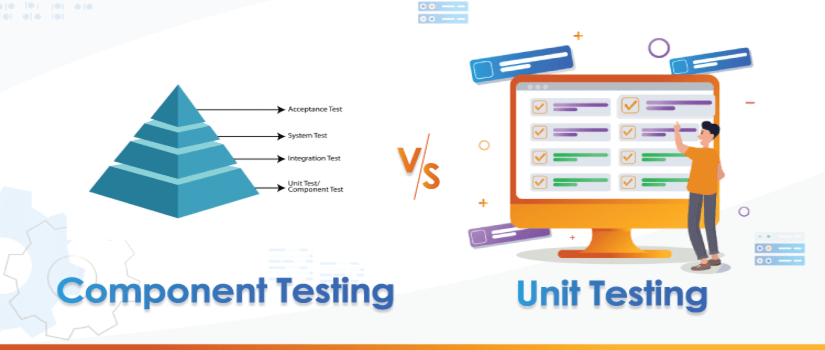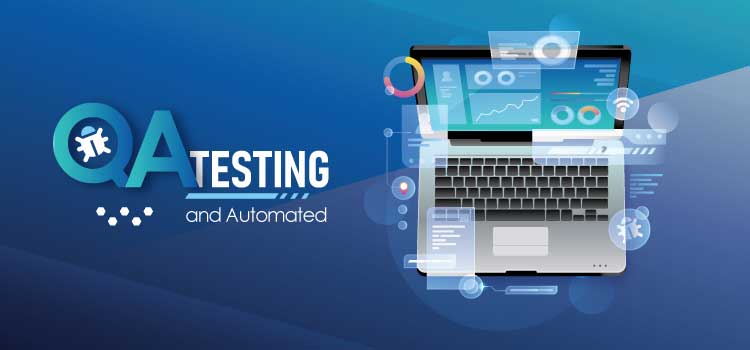It is prudent to say that in the sphere of Data Science the most important data analytics tools being used today are SAS and R.
SAS Institute is an American Multinational privately owned entity that develops Analytics Software based in Cary, North Carolina. It was founded in 1976 and serves globally with a revenue of $3.2 billion.
SAS institute develops, supports, and markets a suite of analytics software also called SAS (statistical analysis system), which captures, stores, modifies, analyzes, and presents data. SAS is an integrated software suite for advanced analytics, business intelligence, data management, and predictive analytics. You can use SAS software through both a graphical interface and the SAS programming language, or Base SAS to manage and manipulate your existing data to get the data that you need.
SAS is a data analysis tool that has the ability to perform Time Series Analysis, Predictive Analysis, and Data Management. SAS is also a visualization tool and it makes it possible to generate graphs and well-structured dashboards to represent the analyzed data.
Some Examples of Industries that use SAS Software
Finance Sector
SAS is widely used in the financial sector. SAS monitors financial transactions and helps in indicating fraud on a real-time basis and analyzes behavior patterns.
Health Sector
SAS helps in identifying potential issues before they become reality by analyzing diverse data sources to predict and medically investigate patient safety signals. It also gives a comprehensive view of patient care across a variety of conditions and procedures by analyzing huge volumes of structured and unstructured clinical data.
Automotive Sector
SAS is used in the automotive industry to help analyze the Warranty claims and service parts optimization and to predict maintenance issues and minimize downtime by applying advanced analytics and AI to sensor data.
SAS Market Share
SAS is the largest market-share holder in the advanced analytics segment with a 36.2 percent share. SAS is the fifth largest for BI software with a 6.9 percent share. SAS typically sells its software with an emphasis on subscription models that include support and updates, as opposed to software licenses.
Source: Wikipedia
R is a programming language and free software environment which makes it an open-source tool. R is widely used for statistical computing and graphics. Statisticians & Data Miners widely used R Programming Language for the purpose of data analysis.
Advantages of R
• R is a language for data manipulation, simulation, and analysis.
• It is free (public domain) and is growing in popularity.
• Available in a range of formats (Windows, Mac, Linux).
• There is a growing library of packages that have been developed.
• It offers excellent graphics and analysis functions.
• As a language it provides transparency and flexibility.
• Huge volumes of online manuals and tutorials are available.
• It has a great community for its support.
Disadvantages of R
• Largely command lines rather than pull-down menus.
• Symbolic analysis extremely limited, hard to do proper math.
• Slow in executing complex code.
• It is rather different in approach from the other programming languages that make it hard to learn and the learning curve is deeper.
• When errors are made, they are difficult to spot.
Comparison Between SAS & R
Conclusion
SAS dominates the data analytics space, but it is an expensive tool on the other hand R is an open-source alternative and is typically used for academic and research purposes. SAS is usually picked up by large organizations.
It purely depends on what is the need in place for selecting SAS or R.
If you have data analytics need, please feel free to Contact us.











